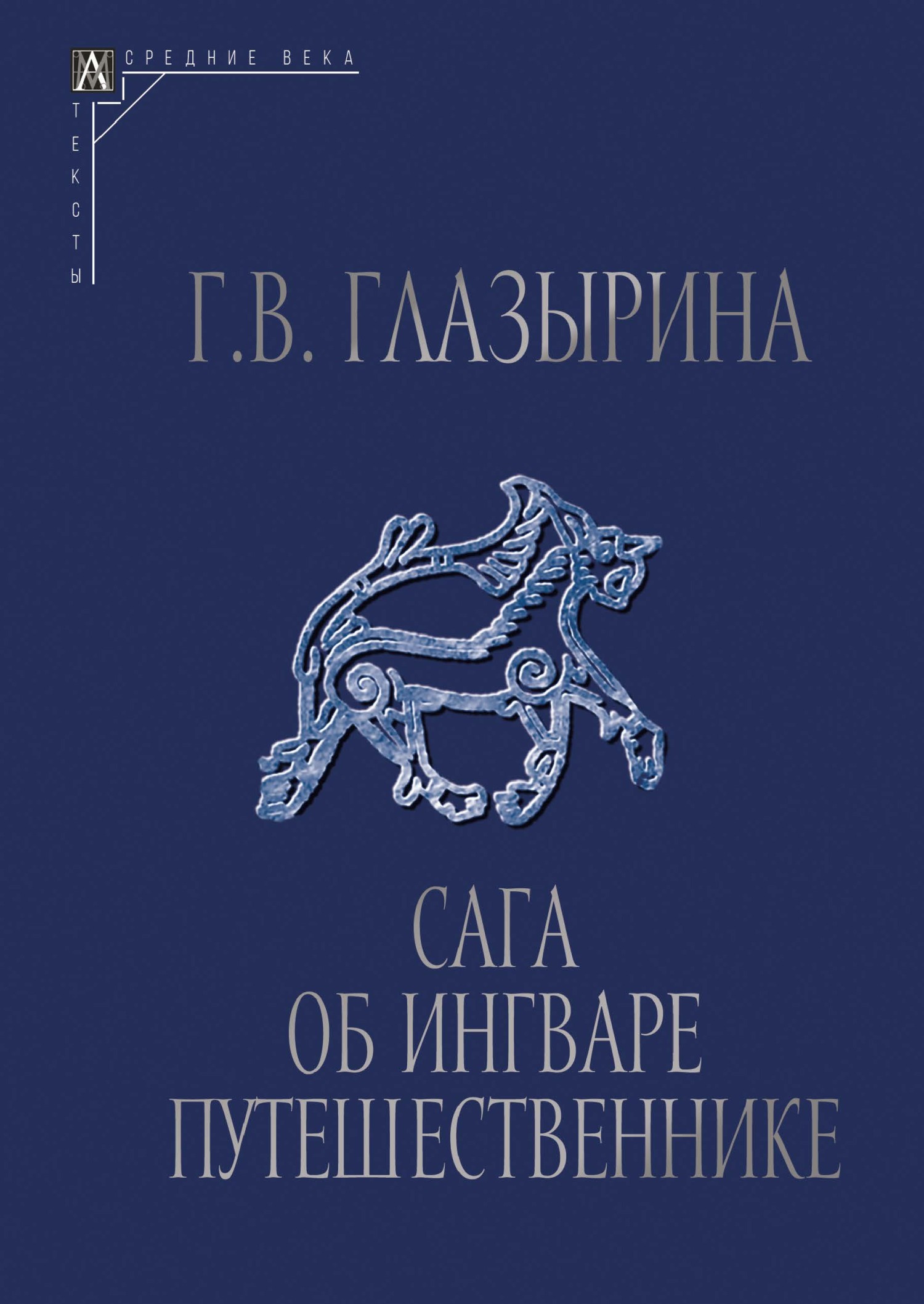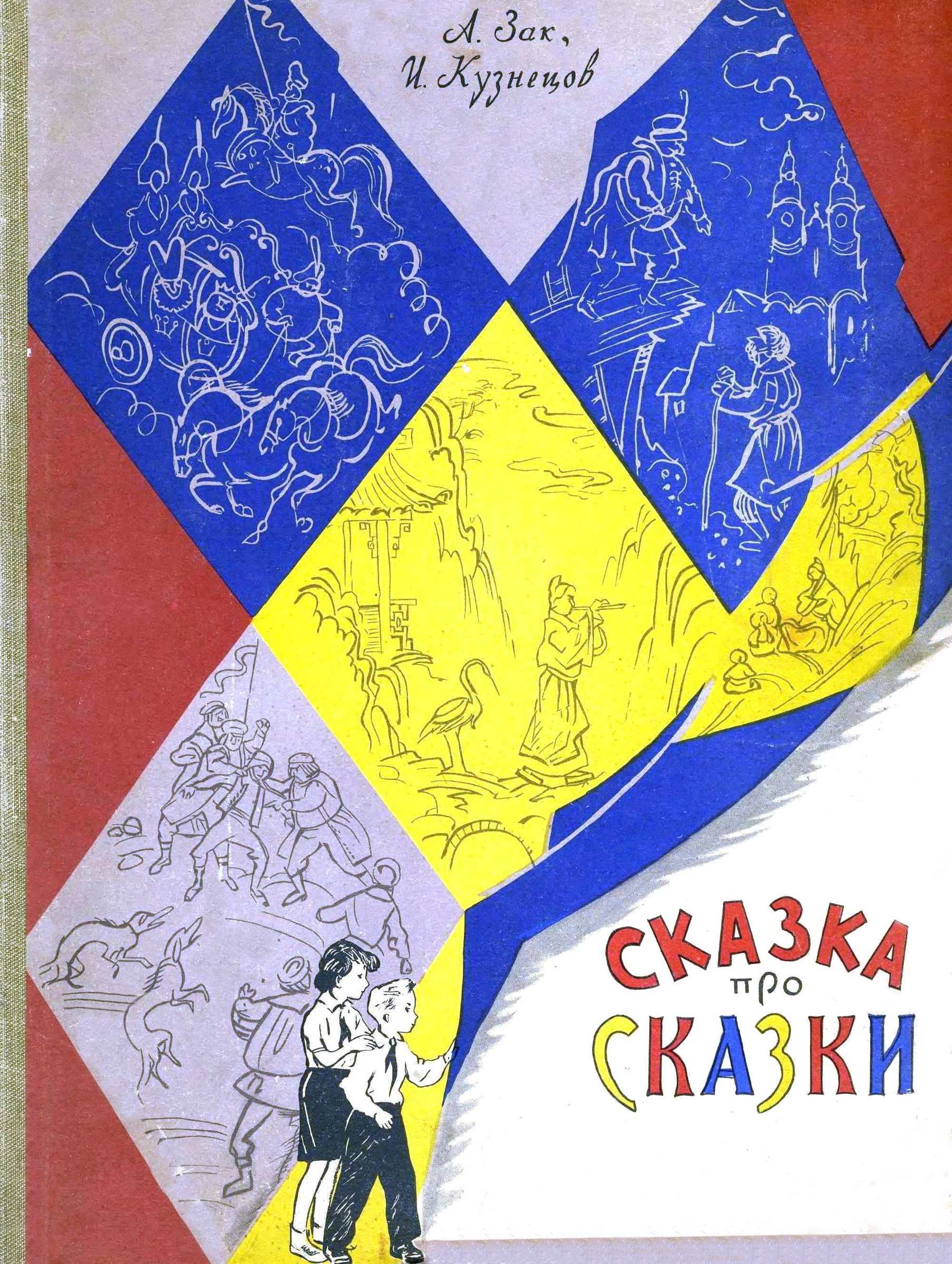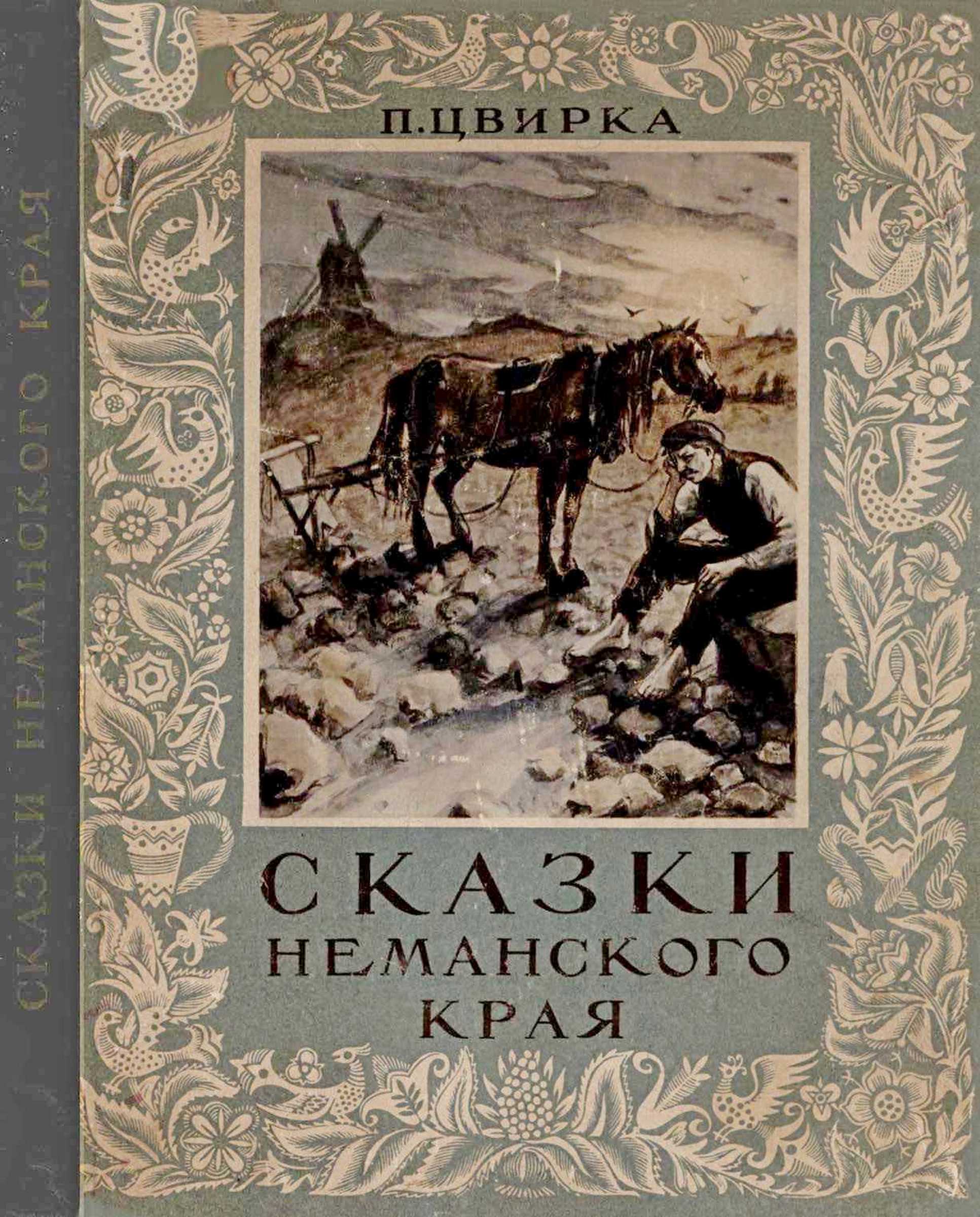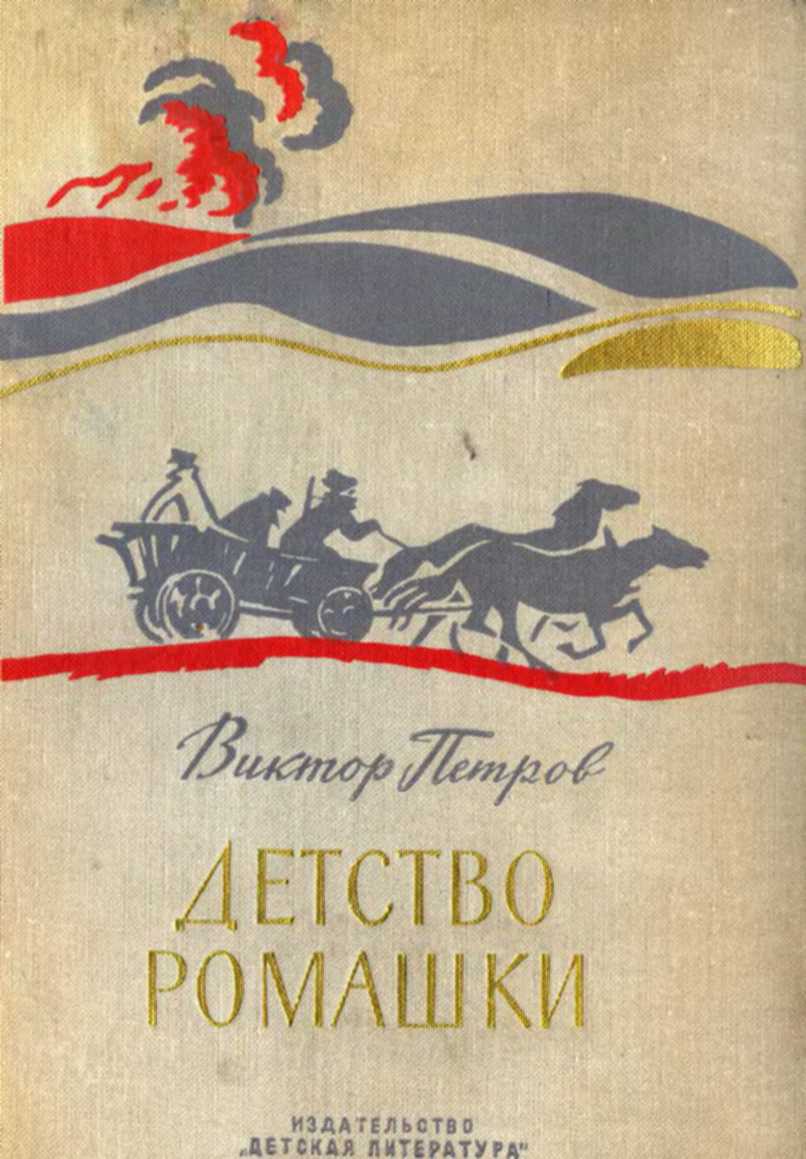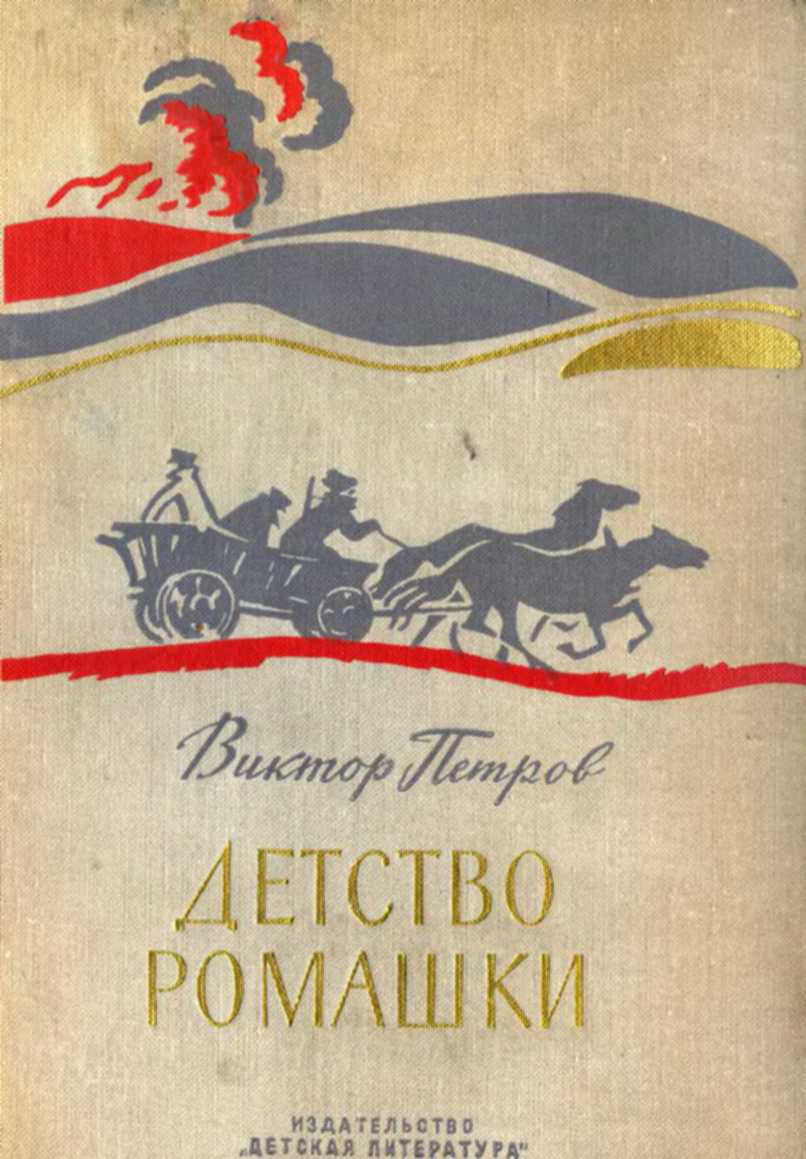performs the rites of baptism and consecration of the church. The stories about Yngvarr and Sveinn are thus the necessary parts of one whole.
Another sign that gives grounds to say that the saga is a single unit and belongs to one author is the consistency of the plot: the author forms the plot from episodes that allow him to express his attitude to problems that were of particular interest to the people in the Middle Ages. The author considers the question of Christian morality to be perhaps the main one. The themes of observance of moral purity, of the power of gold, and of the troubles that are destined for people who succumbed to the temptations of the devil are the dominant ones in the saga. The author of the saga constantly returns to them, introducing folklore motifs of a fight against dragons, giants, etc., which he interprets as a fight against sinful urges, greed, envy, etc.
An essential indicator of the unity of the text is the author’s individual artistic techniques. These include parallel constructions that are clearly visible in different elements of the plot structure: plot lines duplicating each other (for example, stories about the campaigns of Yngvarr and Sveinn) and largely similar episodes (such as descriptions of Yngvarr’s detachment wintering near Silkisif and Julfr). Parallelism is manifested not only in the composition, but also at the level of verbal expression. Among the author’s favorite devices are references to the oral transmission of this or that information, the purpose of which, obviously, was a desire to give the narrative the appearance of a reliable story. Remarks that someone had said something or had noticed something concerning what was told in the saga can be traced throughout the text.
In the story of Sveinn’s campaign, there is practically no influence of oral Scandinavian sources; the material used to build the episodes clearly belongs to another sphere – different from the retinue tradition – the one which includes stories of the victory of Christians over pagans, which, apparently, is contemporary with the creation of the work.
The specific features of the composition of Yngvars saga viðfǫrla and the sources used in it suggest that it cannot be considered a work typical of the late twelfth century. The combination of the features described above gives grounds for dating Yngvars saga viðfǫrla by the time no earlier than the first half, or the middle, of the thirteenth century (pp. 155–157). Within the historical context of the era of the Danish and Swedish crusades in the Baltic, the oral tradition of a real campaign of the Swedish chieftain to the East was interpreted by the author of the saga as a story of a Christian mission in the Austrvegr (‘Eastern Way’), transforming the story of Yngvarr’s military campaign into a ‘saga about missionaries’ (pp. 200–204).
An important place in the study of the saga is occupied by the discussion of its historical roots (pp. 158–204), the existence of which is confirmed by inscriptions on Swedish memorial stones erected in memory of the fallen participants of Yngvarr’s campaign. It becomes evident from the texts of these inscriptions and their topography that a large detachment was assembled in Central Sweden under the leadership of a certain Yngvarr who had a high enough status to lead an expedition to Eastern Europe (according to the saga – to the court of Yaroslav the Wise). The inscriptions do not say anything about the activities of this detachment, except for the fact that it participated in some military operations. The place of death of some of the participants in the campaign is named Serkland (in the 11th to 13th centuries, this place-name of uncertain meaning served mainly as a designation of Muslim territories in Asia Minor and North Africa). The inscriptions also indicate the general direction of the campaign as austarla ‘in the east’ and sunnarla ‘in the south’. This is the only reliable information about the campaign of Yngvarr. It is highly probable, as Mats Larsson suggested, that the detachment had been assembled as a ledung by the king of Svealand to assist Yaroslav the Wise (at Yaroslav’s request?).
Yngvarr’s route was repeatedly discussed in scholarly literature, and various options were proposed: he was thought to travel to the Caucasus, to the Eastern Black Sea Region, etc. This issue was considered most thoroughly by Elena Melnikova who, relying on some data from the saga (mention of a certain Valdimarr, who had joined Yngvarr during his visit to Russia, in the campaign and his march, after the death of Yngvarr, against Miklagarðr—Constantinople; description of the ‘Greek fire’, etc.), suggested that Yngvarr’s detachment had participated in the Russian attack on Constantinople in 1043 led by Vladimir, the son of Yaroslav the Wise (a Russian with this name is said in the saga to participate in the expedition), who suffered a crushing defeat. The participation of the ‘Varangians’ in this expedition is known from Russian chronicles (p. 195). The discrepancy between the date of the campaign and the date of Yngvarr’s death given by the saga cannot be an obstacle to this assumption, since the chronology of the saga according to different manuscripts (it is discussed in detail on pp. 197–200) differs significantly, which is explained by the fact that the author of the saga used several different sources.
An extensive commentary to the saga text (pp. 278–392) covers a large variety of issues, ranging from variants of the text in different manuscripts to a thorough analysis of place– and people-names. Special attention is paid to the interpretation of personal names, as well as rare or unrecorded in the Old Norse texts lexemes. Folklore motifs used in the saga, Christian concepts and ideas, customs of those peoples that Yngvarr encountered on his way, etc. are analyzed in good detail, with the involvement of a large number of analogies. All these comments essentially complement the study of the saga as a whole undertaken in the Introduction.
Elena Melnikova
Источники, литература, сокращения
Августин — Творения Блаженного Августина. Киев, 1901–1905. Ч. 1–4.
Бадж 1995 — Бадж Э. А.У. Путешествие
